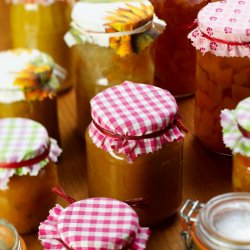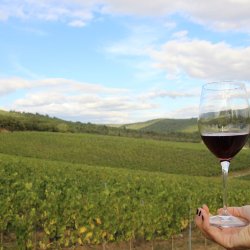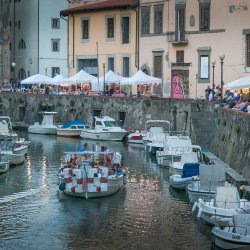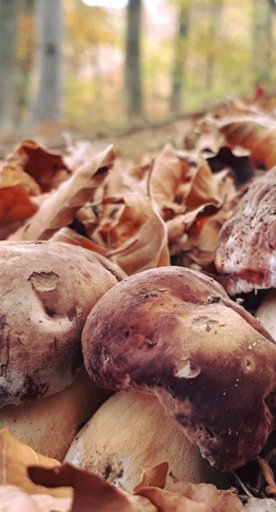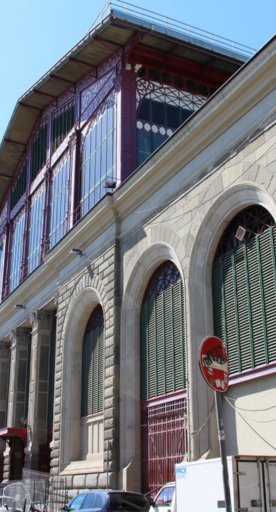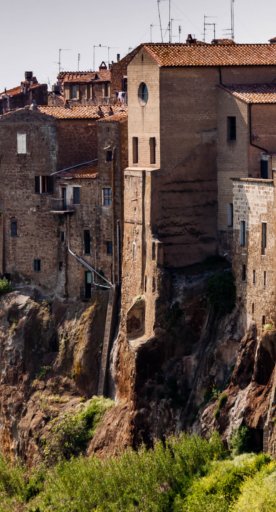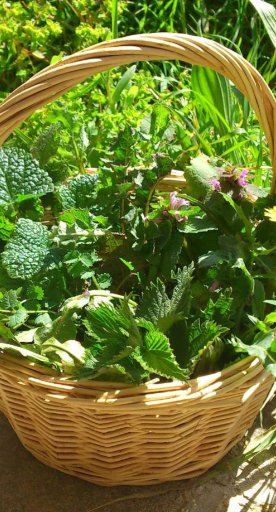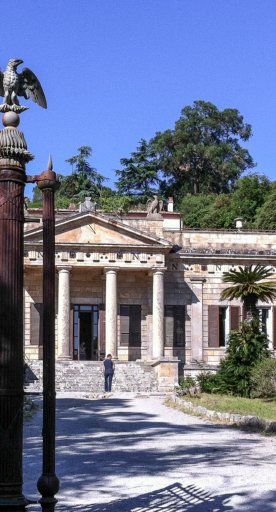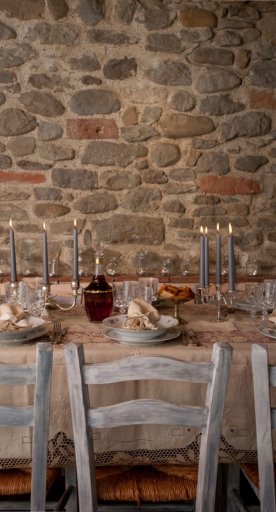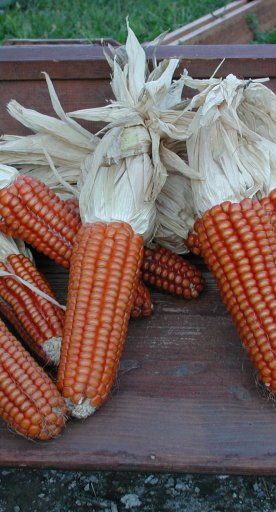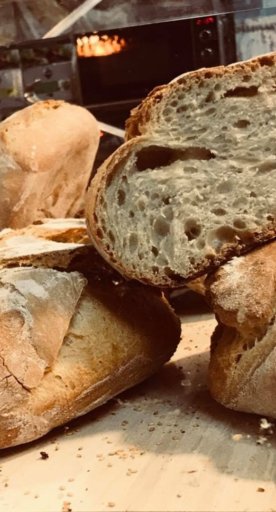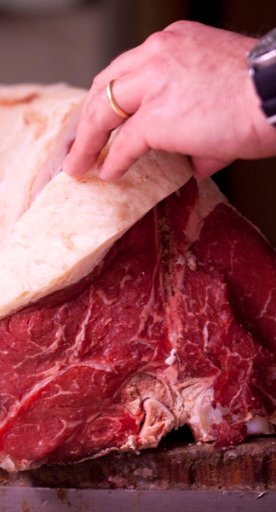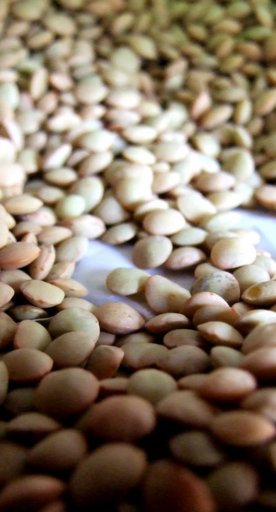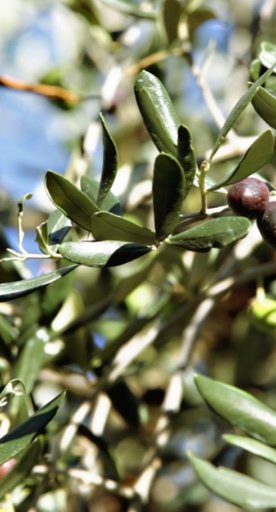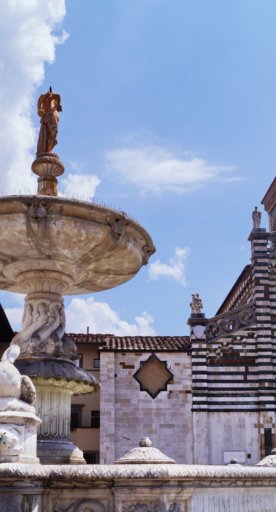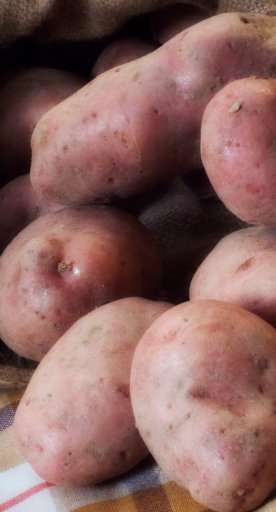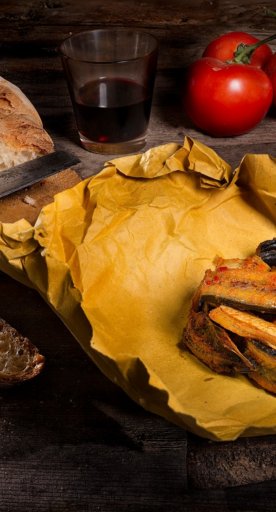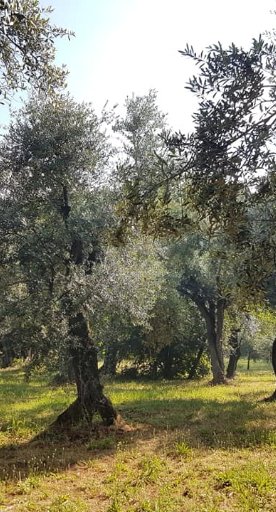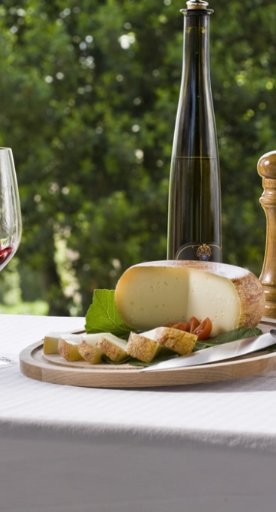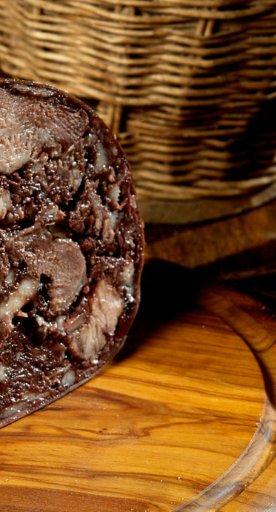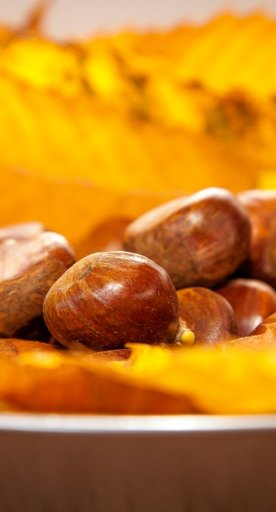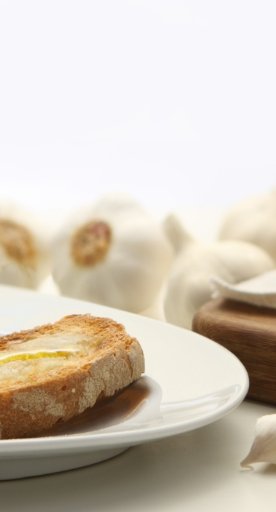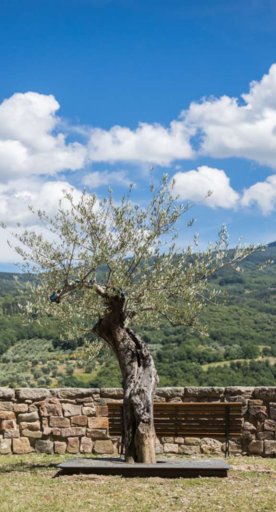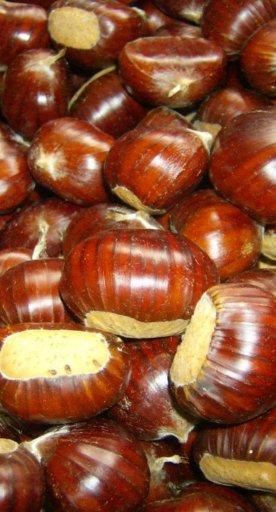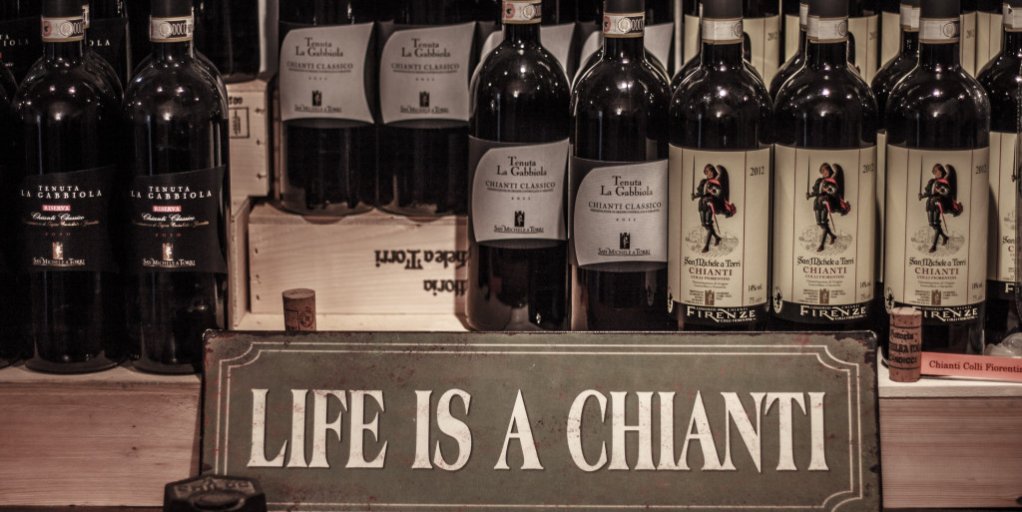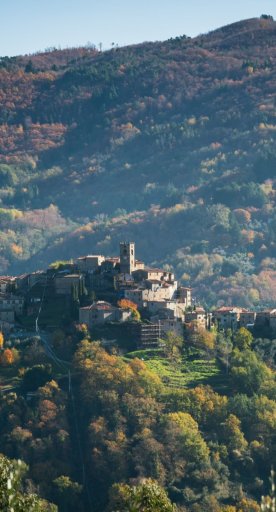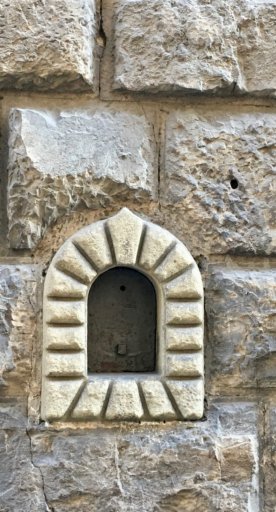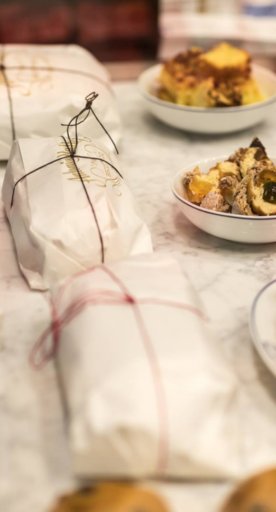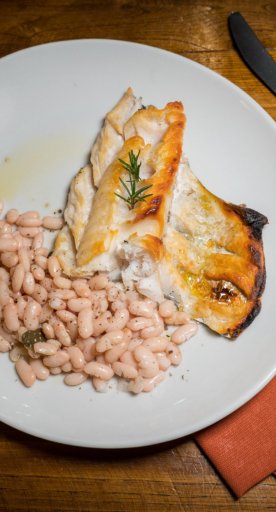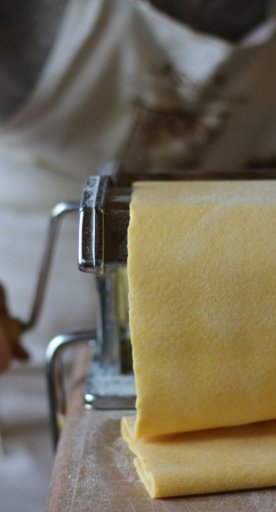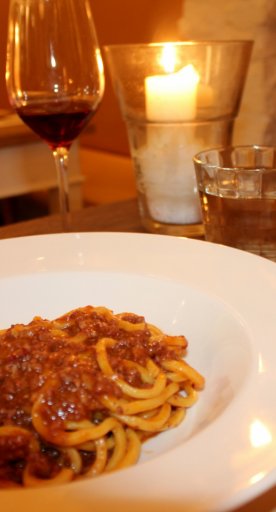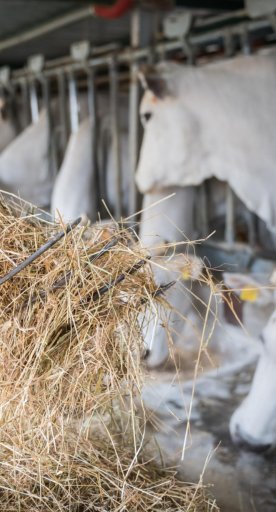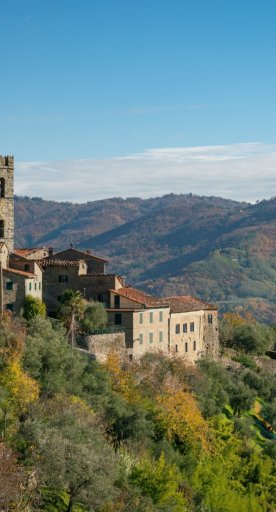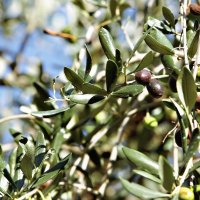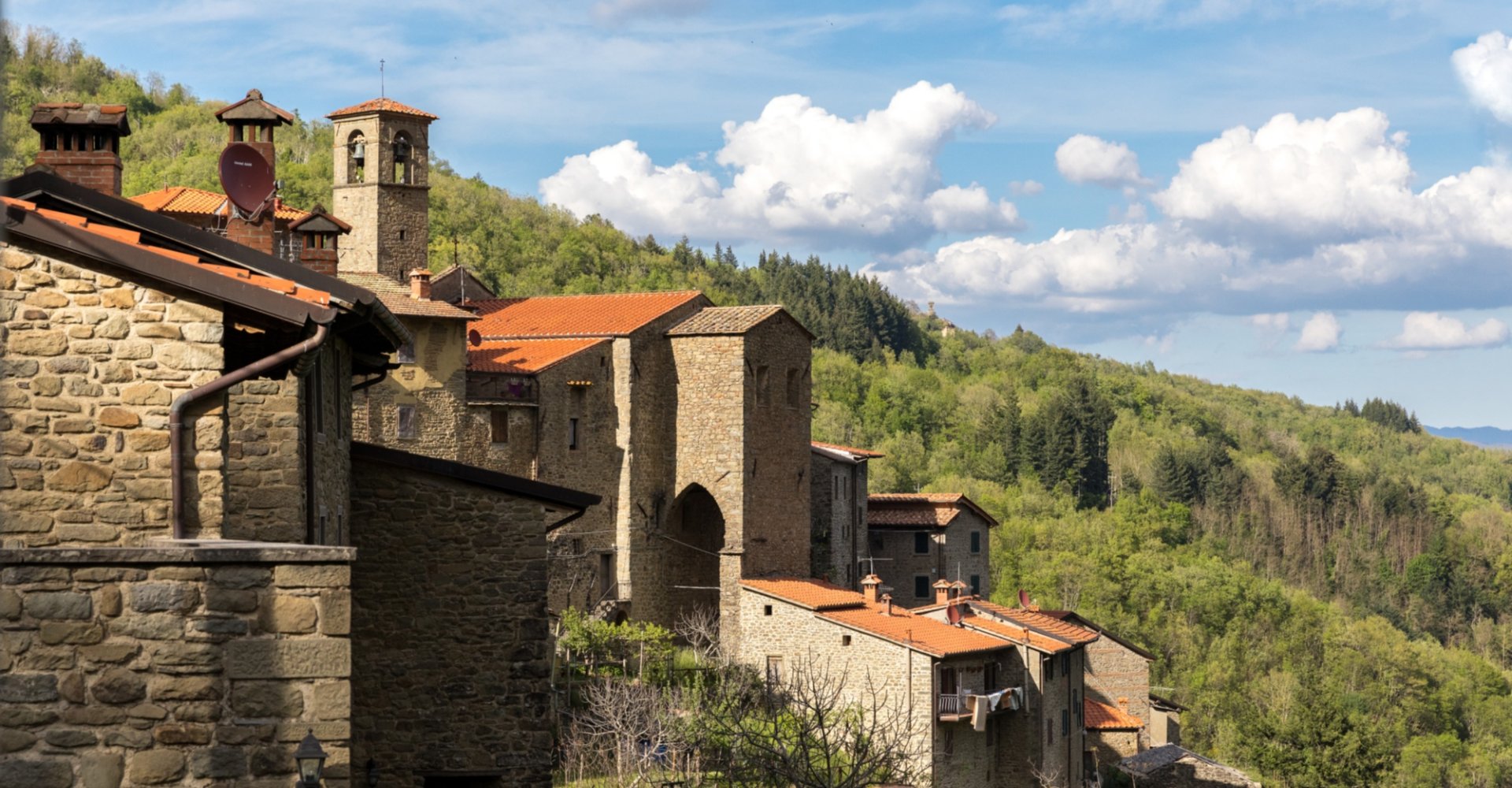

Hunting for chestnuts and traditions in Tuscany
Autumn travel ideas in Mugello, Casentino, Monte Amiata and Lunigiana
Autumn goes hand in hand with walks, perhaps while wrapped in a scarf against the first cold of the season, surrounded by a light mist and trees that change colour.
If you want to get away from the city and rediscover the pleasures of the past in Tuscany, you will find many opportunities to immerse yourself in the typical environments of great foods. From the mountains of Mugello to Lunigiana, you will come across small villages where authenticity and tradition are still the main features today.
While in search of these timeless places, you will discover traditional flavours, folklore and the well-preserved historical and naturalistic beauties.
-
1.Autumn in Mugello: IGP brown and local traditions
-
2.Autumn in the Casentino: the flavours of Ortignano Raggiolo
-
3.Autumn at Amiata: IGP chestnuts and Montecucco wine
-
4.Autumn in Lunigiana: chestnut flour and DOP honey
Autumn in Mugello: IGP brown and local traditions
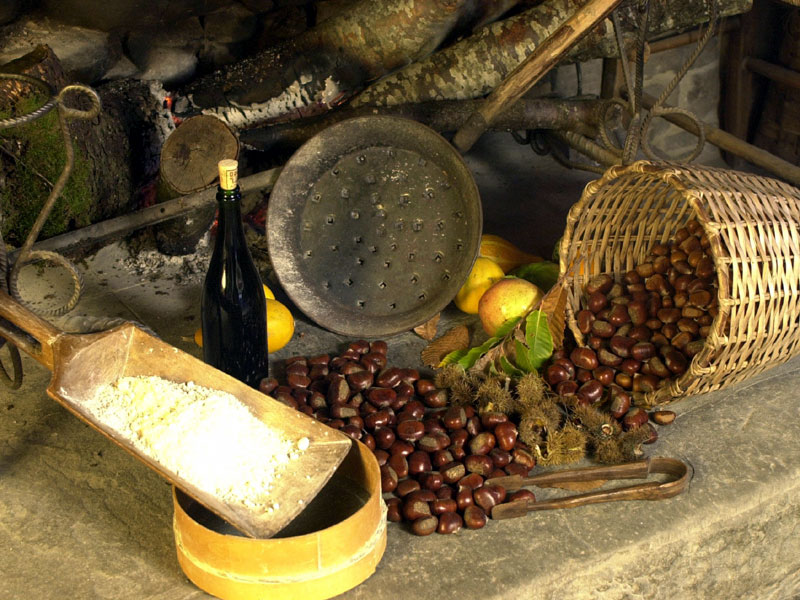
Autumn has arrived and Mugello is the perfect place to hunt for the fruit of the season: chestnuts. The land of Marrone Mugello IGP, a protected and exclusive variety of chestnuts particular to this area, offers a route to be discovered on foot that takes you through woods and chestnut groves along the Mugello di Marradi chestnut trail. It's not only a nature trail: above all, it's the return to a not too distant time, when chestnuts were essential for those who lived here. Therefore, during your visit to Marradi and the historic centers of Mugello, you can expect to taste Torta di Marroni or Castagnaccio that is, of course, based on chestnut flour.
Additionally, dive into the customs of the past and get to know the crafts of artisans and countryfolk more closely. To do this, we recommoned visiting the museums dedicated to the centuries-old arts and their experiences: Museum of the Historical Landscape of the Apennines and the Museum della Pietra Serena (both in Firenzuola), the Museum of Cutting Tools (in Scarperia), Casa d'Erci Rural Museum (in Grezzano, Borgo San Lorenzo), and the Museum of Mountain Folk (Palazzuolo sul Senio).
Autumn in the Casentino: the flavours of Ortignano Raggiolo
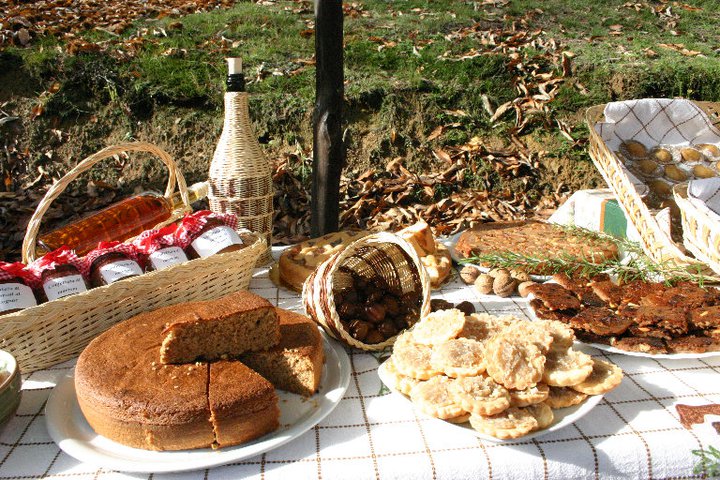
We continue the journey along the trail of autumn fruit and arrive in Casentino. Along the Taste Trail of Casentino, you will discover a land to be savoured first with your eyes and then with your palate. You'll come across products such as chestnut flour, mushrooms and truffles.
Chestnuts are the symbol of Ortignano Raggiolo. The story is explored by the Chestnut Ecomuseum, created precisely to spread the culture behind the link between the population of the Teggina valley and the chestnut woods. The ecomuseum shows the entire chestnut processing process, from harvest to sale.
However, you'll want to eat some too! Once in the area, try tasty polenta made with chestnut flour, often accompanied by ricotta or sausage. Chestnut are also the main ingredients of many country soups, made with legumes, black cabbage and stale bread.
Finally, there's always castagnaccio!
Autumn at Amiata: IGP chestnuts and Montecucco wine
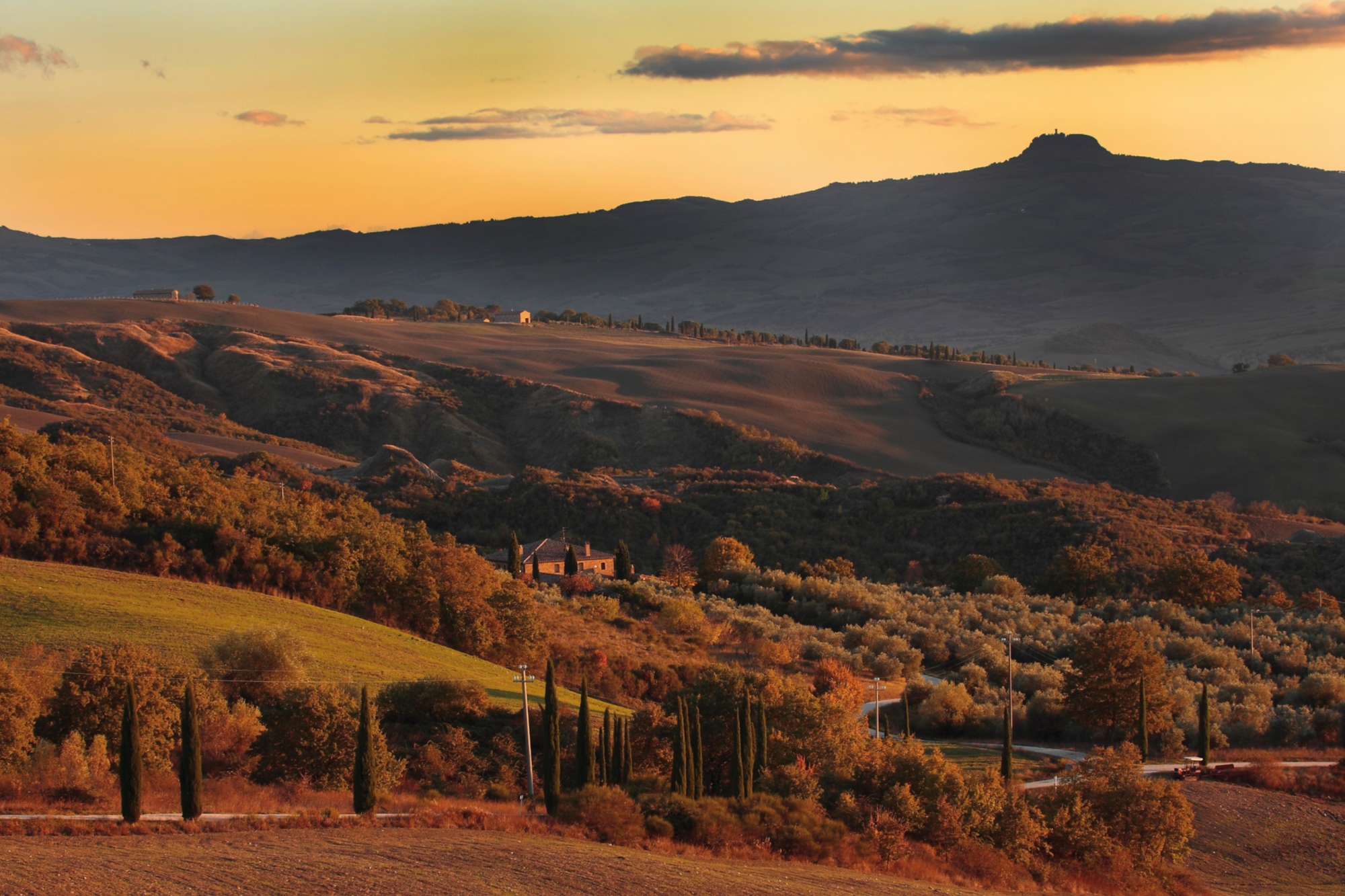
The true chestnut mountain, however, is Amiata. The Monte Amiata Wildlife Park is a mountainous area of particular naturalistic and landscape interest where chestnuts rule. It's not surprising so that they are certified IGP. This type of chestnut is produced in the Marrone, Bastarda rossa and Cecio varieties, containing large fruits, oval in shape, and reddish in colour with dark streaks. The flavour is sweet and delicate, perfect for roasted chestnuts to be served with sweet muscat wines, ice cream and creams.
IGP chestnuts are not the only product we meet along the Taste Trail of the Amiata, which also celebrates Montecucco, a wine (white and red) that contains all the characteristic properties of the land it comes from. It reminds us that Amiata is a former volcano and the ancient lava compounds give minerality and flavour to this product.
Autumn in Lunigiana: chestnut flour and DOP honey

Finally, we stop in Lunigiana, the land of the unmissable 'bread tree'. If you have never heard of it, we'll give you some clues. The chestnuts precious fruits have helped generations of people in Lunigiana to stave off hunger. Since it generates such an important and fundamental food, it became known as the "bread tree".
Also of interest is the bread which is made using DOP chestnut flour from Lunigiana following a very old recipe. Called Marocca di Casola, born as a rural bread when there were few ingredients available, meaning it was made mainly with chestnut flour, a little wheat flour, potatoes and oil. Today, you can only taste Marocca in a Casola oven.
Chestnut flour is so versatile that in the surroundings of Lunigiana, you can taste many other products made using it: Necci which are crepes stuffed with ricotta, "Lasagna bastarda" with its slightly smoky flavour, and Pattona, a kind of thin bread that's one or two centimeters thick and baked in chestnut leaves.
To finish on a sweet note, in this area we find another special product: Lunigiana DOP honey of which there are two types, acacia and chestnut.

